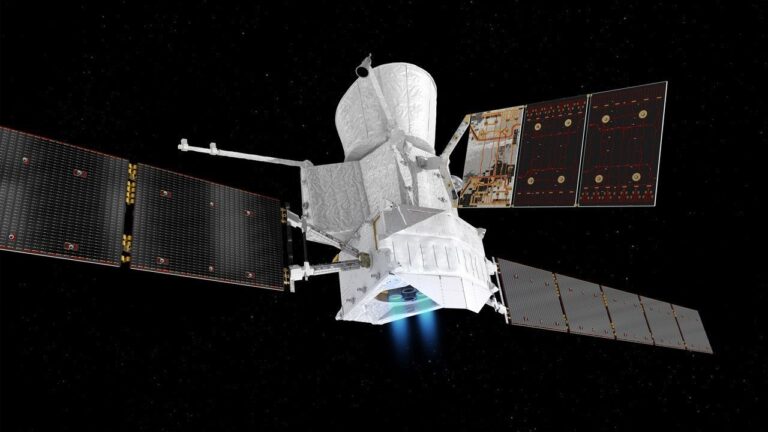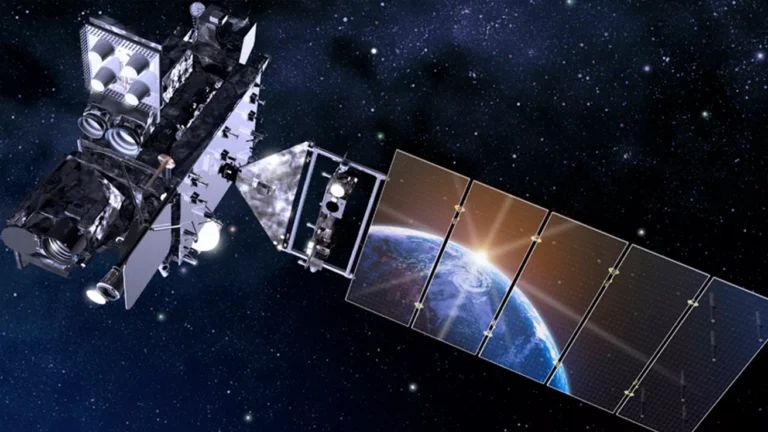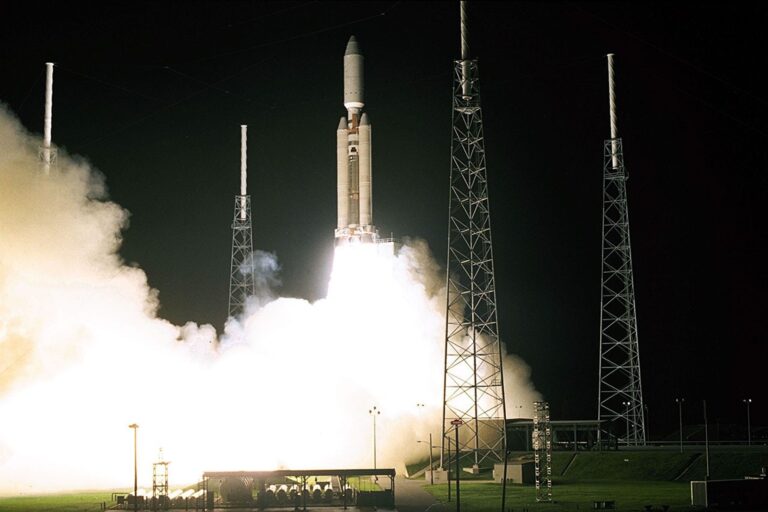Key Takeaways:
- Data from the Venus Express probe revealed unexpectedly frigid temperatures at Venus's poles, demonstrating regions colder than any on Earth despite the planet's overall extreme heat.
- These first-ever direct in-situ observations of Venus's polar climates were made possible by the probe's unique circumpolar orbit and its controlled descent into the atmosphere.
- The polar atmosphere was found to be thinner than previous models predicted and exhibited significant variability, including choppy atmospheric gravity waves caused by momentum transfers between atmospheric layers.
- The observed atmospheric complexity, with strong periodicities and local day-night density variations, indicates that prior uniform atmospheric models, based on equatorial data, do not accurately represent the planet's diverse atmospheric structure.
April 20, 10:05 A.M. CST: This post has been updated with comments from lead author Ingo Müller-Wodarg.
Thanks to a thick layer of cloud cover trapping in heat, Venus is the hottest planet in our solar system, with temperatures boiling over at 850 degrees Fahrenheit (454 C). But in a study published last week in Nature Physics, the European Space Agency found something surprising at the planet’s poles: temperatures more frigid than anywhere on Earth.
Even though ESA lost contact with the Venus Express probe two years ago after it ran out of fuel, the agency is still working through the data it returned. As the first spacecraft to explore our nearest neighbor since 1989’s Magellan mission, the probe revealed much about that world. Many of the observations were made through plunging the craft into the atmosphere above the poles, where the probe encountered an atmosphere thinner than previously modeled, and filled with choppy atmospheric gravity waves, ripples caused by transfers of momentum between layers in the atmosphere.
“Concerning uniformity — models are mostly rather smooth while the reality is much more complex and structured,” ESA scientist and lead author Ingo Müller-Wodarg of Imperial College London said in an email to Astronomy. “We found enormous variability in the atmospheric densities that is explained by a combination of local (horizontal) day-night density variations but above all by strong periodicities, atmospheric waves. These are not captured by models.”
This marks the first time the poles of Venus have been directly studied, owing to Venus Express’ circumpolar orbit, which also allowed a global view. By crashing the probe through these winds on its final descent, the probe made the first ever in-situ observations of polar climates on Venus.
The Japanese Aerospace Exploration Agency has a probe in orbit around Venus called Akatsuki, but it will mostly study the climate closer to the planet’s equator, hoping to determine what caused the runaway greenhouse effect. Müller-Wodarg pointed out in his email that previous atmospheric models relied on equatorial data from the Pioneer Venus mission, which led to incorrect uniformity modeling of the atmosphere. NASA is mulling several missions as part of its Discovery program, one of which, VERITAS, will map the entire surface of the planet, and could tell us more about the geology of the poles.
Müller-Wodarg added that there may be some relation between the choppy gravity waves (which are a separate phenomenon from the much-heralded LIGO study) and geologic activity on the ground near the poles, but it would require further investigation to determine that.
“We can make observations from the ground (and these are continuously being done) but the real motivation would be to launch a new spacecraft to Venus over the coming decade which could explore the polar atmosphere in-situ,” Müller-Wodarg said.










